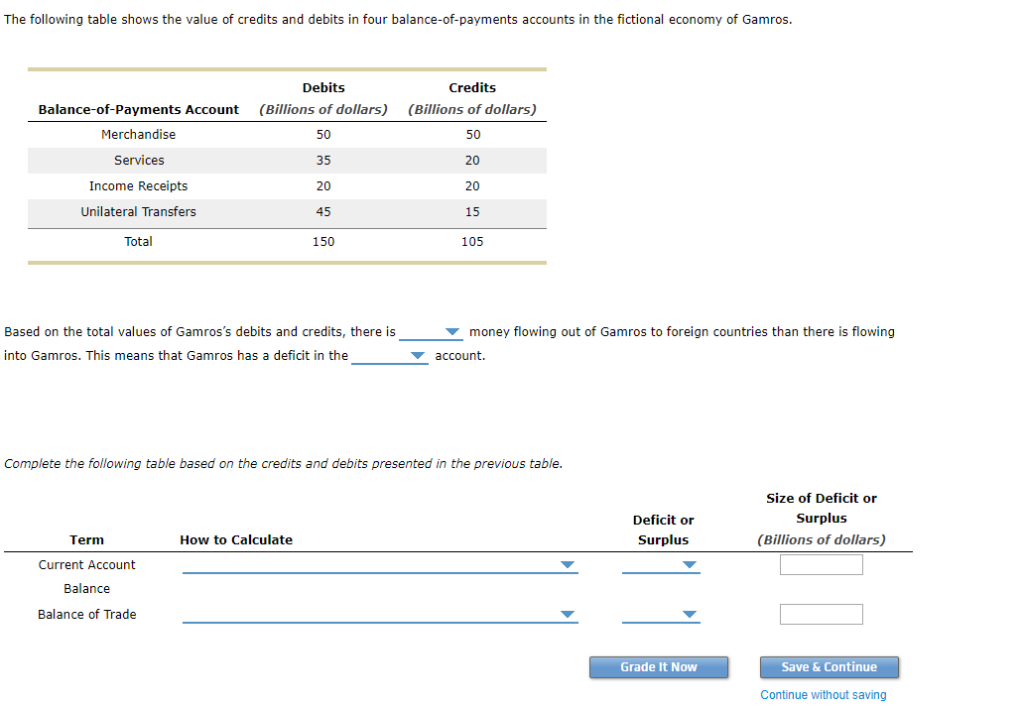

Fraud prevention: Compared to debit, credit can more effectively protect against fraud.Warranty and protections: Credit may add protections for items your business purchases.Good credit history: With timely payments and a low credit utilization ratio, your business can use credit to build a positive credit history.The credit entry typically goes on the right side of a journal. Other fees: Debit cards may require fees for monthly maintenance, overdrafts, returns, and foreign ATM use.Ī credit (or “CR” for short) is an accounting entry that decreases assets and increases liabilities.įor example, when paying rent for your firm’s office each month, you would enter a credit in your liability account.Doesn’t build credit: Even if you’re paying bills on time, you can’t establish a good credit history from debit card transactions.


The debit entry typically goes on the left side of a journal. Every time the company records an expense, it is recorded as a debit even though expense accounts appear on the right side of the equation, and revenues are recorded as credits because they increase equity.A debit (or “DR” for short) is an accounting entry that increases assets (what your business owns) and decreases liabilities (how much your business owes).įor example, if a business takes out a loan to buy new equipment, the firm would enter a debit in its equipment account because it now owns a new asset. These withdrawals are recorded as debits, because they decrease equity. For instance, the account “owner withdrawals” shows up on the right side of the equation because it is an equity account, but it represents reductions in equity as the owner takes money out of the company. There are no exceptions to this rule, even though some accounts may seem to have strange rules at first. Equity is increased by a credit, decreased by a debit.Liabilities are increased by a credit, decreased by a debit.On the right side of the accounting equation:.Assets are increased by a debit, decreased by a credit.On the left side of the accounting equation:.Here is a summary of the accounts in general: Notice that each account has two sides-left and right. If the account is a liability or equity, it’s on the right side of the equation thus it would be increased by a credit. That is, if the account is an asset, it’s on the left side of the equation thus it would be increased by a debit. Therefore, those accounts are decreased by a debit.Īfter a while, you will have the rules for debits and credits for each type of account committed to memory, but for now, you can always determine which accounts are increased by a debit (and therefore decreased by a credit) and which accounts are increased by a credit (and therefore decreased by a debit) by using this bit of logic: \text An increase to an account on the right side of the equation (liabilities and equity) is shown by an entry on the right side of the account (credit). Therefore, those accounts are decreased by a credit. Some accounts are increased by a debit and some are increased by a credit. An increase to an account on the left side of the equation (assets) is shown by an entry on the left side of the account (debit).


 0 kommentar(er)
0 kommentar(er)
